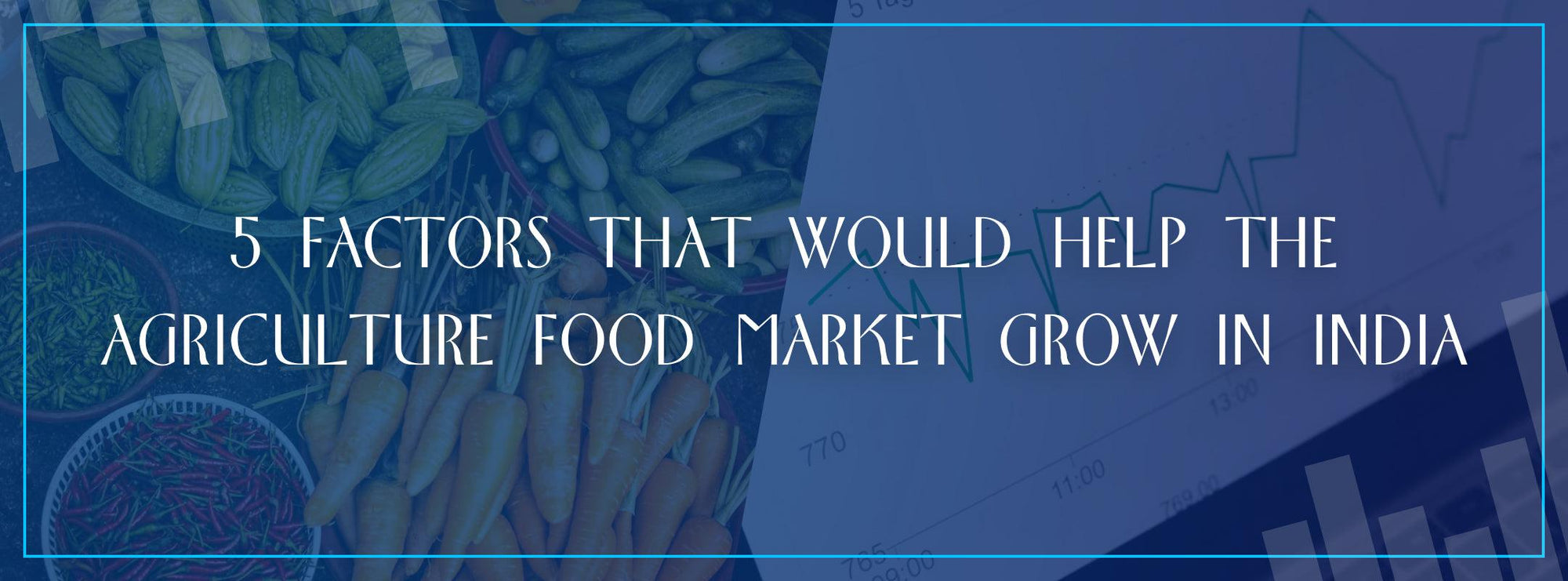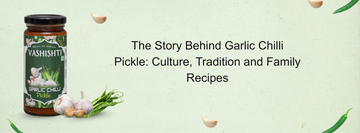A GLOBAL VIEW OF THE INDIAN FOOD PROCESSING SECTOR
OVERVIEW
With India transitioning from a scarcity to a surplus in terms of food production, the opportunities for increasing food processing levels are limitless. In recent years, India's food processing sector has been known for its high growth and profits, increasing its contribution to global food trade year after year.
India ranks low in global food processing value chains, while being one of the greatest producers of agricultural and food items. This sector is mostly unorganized, like many others in India. Primary and secondary processing are the two types of processing activities. Primary processing includes rice, sugar, flour mills, and so on. Secondary processing includes the processing of fruits and vegetables, baked goods, chocolates, and other items. Most processing activities in India are classified as primary processing, which adds less value than secondary processing. As a result, in order to increase farmer income, it is necessary to move up the value chain in processed food items.
Food Processing Industries has grown at an annual pace of roughly 11.18 percent over the last five years, ending in 2019-20. Food processing was ranked first in total persons employed in the manufacturing sector, according to the Annual Survey of Industries (ASI) 2018-19.
Market Stats
By 2024, this industry is predicted to employ 9 million people. The Indian food industry is growing at an 11 percent annual rate, with the food processing sector accounting for 32 percent of the total. Between April 2014 and March 2020, India's food sector attracted US$ 4.18 billion in foreign direct investment.
- India's food processing industry is one of the world's largest, with output forecast to reach $535 billion by 2025-26.
- By 2024, this industry will have created 9 million employments.
- The Indian food industry is growing at an annual rate of 11%, with food processing accounting for 32% of the total.
- Between April 2014 and March 2020, India's food sector garnered US$ 4.18 billion in FDI.
- India is anticipated to treble its annual home consumption by 2030, making it the world's fifth largest consumer.
Key Growth Drivers & Trends
India, which benefits from a big local market as well as ample raw materials, is a major sourcing hub for agricultural products. Changes in consumption patterns due to urbanization, changes in the gender mix of the workforce, and rising consumption rates are all factors contributing to the growth of the food processing business. Furthermore, more than two-thirds of India's 1.3 billion inhabitants are young, with rising earnings, creating a significant market for food.
- Domestic demand is strong: Increased discretionary money leads to changes in lifestyle and eating habits.
- Supply-side benefits include: High agricultural output - huge cattle herds, a diverse crop mix, inland water sources, and a long coastline all contribute to increased marine output.
- Opportunities for export: Greater connectivity with the global economy and proximity to key export markets
- Government policy and assistance that is proactive
- There is an increase in urbanisation and expansion in the organised food retail industry.
- Through significant developments in skills and technology, MSME's are playing a critical part in India's food production chain.
- In India, the online meal delivery industry is exploding.
- Roasted nuts, popcorn, and roasted pulses, for example, are in high demand as packaged, healthful, immunity-boosting snack.
- The focus is shifting away from unbranded packaging and toward branded packaging.
- Government's "Atmanirbhar Bharat" effort prioritises this industry and provides assistance through a variety of initiatives.
Recent Government Initiatives
By 2024, this industry is predicted to employ 9 million people. The Indian food industry is growing at an 11 percent annual rate, with the food processing sector accounting for 32 percent of the total. Between April 2014 and March 2020, India's food sector attracted US$ 4.18 billion in foreign direct investment.
AGRICULTURAL PRODUCT
The word "agricultural product" refers to any agricultural commodity or product, whether raw or processed, marketed in the United States for human or livestock use, including any commodity or product generated from livestock.
Technology has given us various methods to obtain raw materials, but is that better than going straight to the source?
Every product you see at Vashishti is made using the cleanest raw materials sourced from local farms.
For our raw materials, we've teamed with local farmers all around the country. From honey and cashew farms to livestock barns, we go straight to the source, bypassing the middlemen. We also have a direct impact on the rural economy and job creation in such areas by doing so. This is mostly due to our policy of exclusively employing members of the local skilled community to assist us on our farms and facilities.



